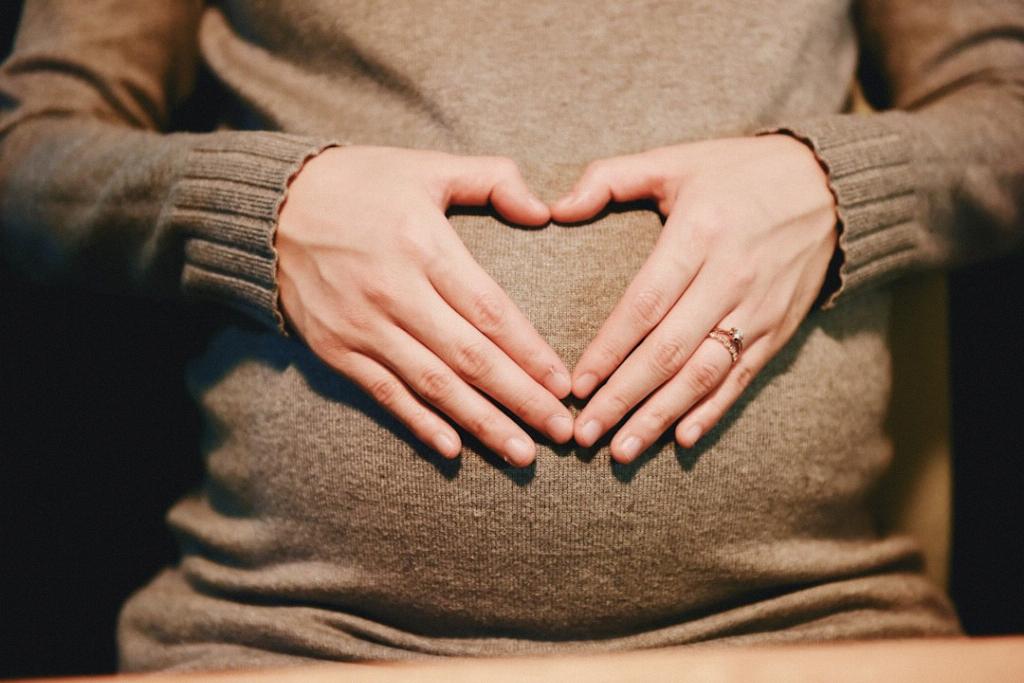During pregnancy, a woman’s body undergoes various changes, both internally and externally. One common external change that many women experience is the appearance of stretch marks. These marks typically appear as pink or red streaks on the skin, mainly around the abdomen, breasts, hips, and thighs.
Factors Influencing the Formation of Pregnancy Stretch Marks
Several factors can contribute to the formation of stretch marks during pregnancy. One primary factor is rapid weight gain or loss, which can put additional stress on the skin and lead to the development of stretch marks. Genetics may also play a role, as some women are more prone to developing stretch marks than others.
Can Pregnancy Stretch Marks Disappear Completely?
While it is possible for pregnancy stretch marks to fade over time, it is unlikely that they will disappear completely. After childbirth, the marks may gradually fade into paler scars and become less noticeable. However, complete eradication of stretch marks is rare.
Preventive Measures for Pregnancy Stretch Marks
Although it may not be possible to completely prevent stretch marks during pregnancy, there are some steps you can take to potentially reduce their severity. Staying hydrated, eating a balanced diet rich in vitamins and nutrients, and moisturizing the skin regularly can help keep the skin elastic and less prone to developing stretch marks.
Treatment Options for Fading Pregnancy Stretch Marks
For women looking to fade the appearance of pregnancy stretch marks, there are several treatment options available. These include topical creams and ointments, laser therapy, microdermabrasion, and chemical peels. However, it’s essential to consult with a dermatologist or healthcare provider before undergoing any treatment.
The Role of Time in Fading Pregnancy Stretch Marks
Patience is key when it comes to dealing with pregnancy stretch marks. Over time, the marks are likely to fade and become less prominent. It’s essential to give your body the time it needs to heal and recover post-pregnancy.
Maintaining a Positive Body Image
It’s crucial for new mothers to maintain a positive body image, regardless of the presence of stretch marks. It’s essential to remember that stretch marks are a natural part of the body’s changes during pregnancy and childbirth and should be embraced as a symbol of the incredible journey of motherhood.
Embracing Your Body’s Journey
Every woman’s body is unique, and the presence of stretch marks should not detract from the beauty and strength that comes with motherhood. Embracing your body’s journey and the changes it undergoes during pregnancy is a crucial step in fostering self-love and acceptance.
Seeking Support and Guidance
If you’re struggling with accepting your post-pregnancy body or dealing with the appearance of stretch marks, don’t hesitate to seek support and guidance. Whether through counseling, support groups, or discussions with fellow mothers, it’s essential to prioritize your mental and emotional well-being.
Final Thoughts on Pregnancy Stretch Marks
In conclusion, while pregnancy stretch marks may not disappear completely, they can fade over time and become less noticeable. It’s essential for new mothers to embrace their bodies’ changes and prioritize self-care and self-love post-pregnancy. Remember that beauty comes in all forms, including the beautiful journey of motherhood and the marks that may accompany it.

